
GETTING STARTED
HOW TO SPECIFY
When creating a custom glass film, there are three specification steps to complete before samples or a unique product code can be issued for a project specification.
DEFINE YOUR PROJECT SCOPE
First, we need to know the basics:
- Project name
- The expected square footage of material required for your project*
- Anticipated project date
*If full glass elevations or a list of glass sizes and quantities are not available, then an approximate square footage can be used. How to measure will depend on the design type.
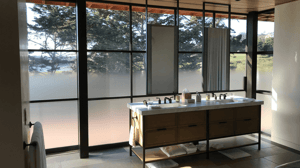
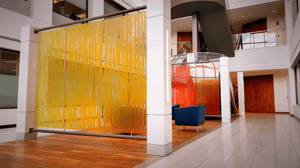
IDENTIFY YOUR DESIGN CATEGORY
Any vision, brought to life.
The possibilities are endless with custom Design Studio films. Add privacy where it's needed with single or dual fading gradients, create visual moments with one-of-a-kind scalable murals, or showcase a unique style with continuous patterns.
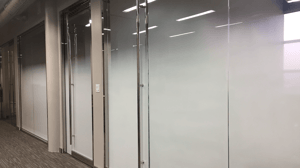
Transform any design, pattern, or colorway with smooth opacity transitions in one or both directions.
View Gradients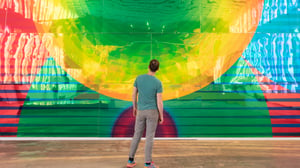
Infinitely scalable large-format designs, translated across one or more panels.
View Murals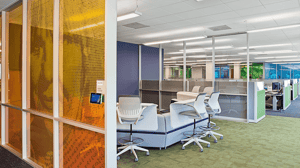
Create continuity with repeating patterns and seamless transitions.
View Repeatable FilmsCHOOSE YOUR FINISH TYPE
Experience the Design Studio difference.
Explore exclusive finishes that combine color, texture, and opacity to translate design concepts into professional custom solutions for glass. Our exceptional in-house design team provides one-on-one creative support every step of the way.
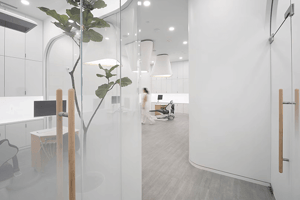
Bright whites with opacities ranging from 100%-1%
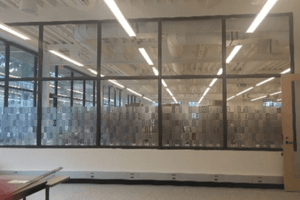
Colorless sandblast effect
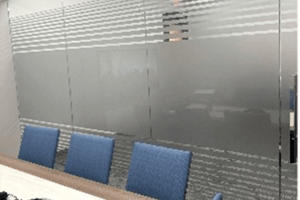
Frosted finish in misty grey tones
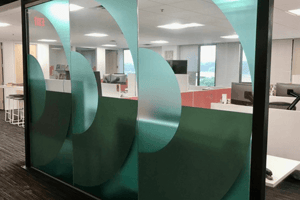
Frosted finish in the color of your choice (most common)
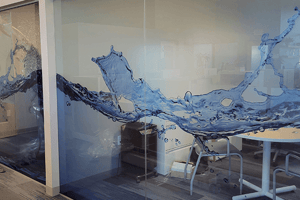
Transparent finish in the color of your choice (any graphics containing white will still have some level of opacity/privacy)
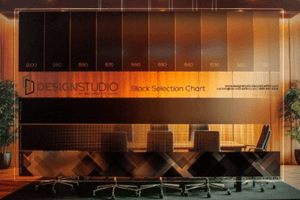
Rich black tones with opacities ranging from 100%-1%
When utilizing our selection charts we would need to know the opacity (identified by the code on the chart) that you have selected. If requesting a CMYK value, Pantone, or commercial paint color then we would need to know your desired level of privacy. These can be categorized as follows:
Transparent — perfectly see throughTranslucent — a frosted finish that provides privacy while allowing some light to pass through (most common)
Opaque — although not 100% light blocking, this method produces the richest colors and even allows for a different color or design to be shown on opposite sides of the glass

